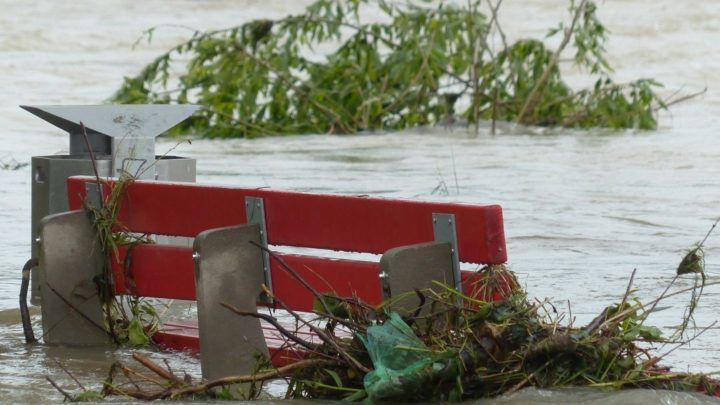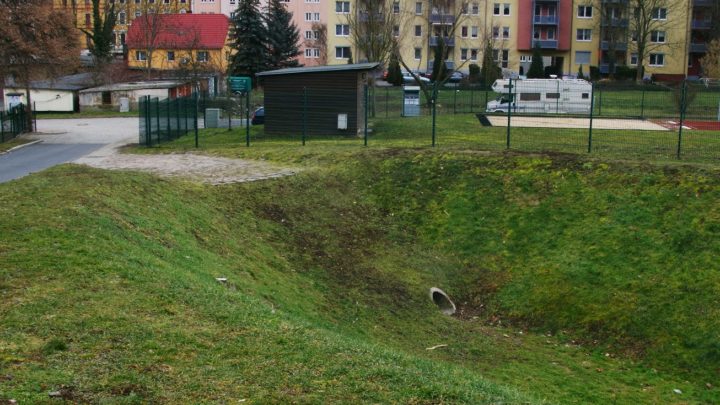Sustainable urban drainage systems for collecting, diverting and retaining surface runoff water
Traditional surface water drainage systems are often overloaded in case of heavy rain and thus cause flooding and damages. They can be developed further to “sustainable urban drainage systems” aiming on increasing their capacity e.g. when it comes to heavy rainfall and aligning them with natural water processes. There is a large collection of structural…







